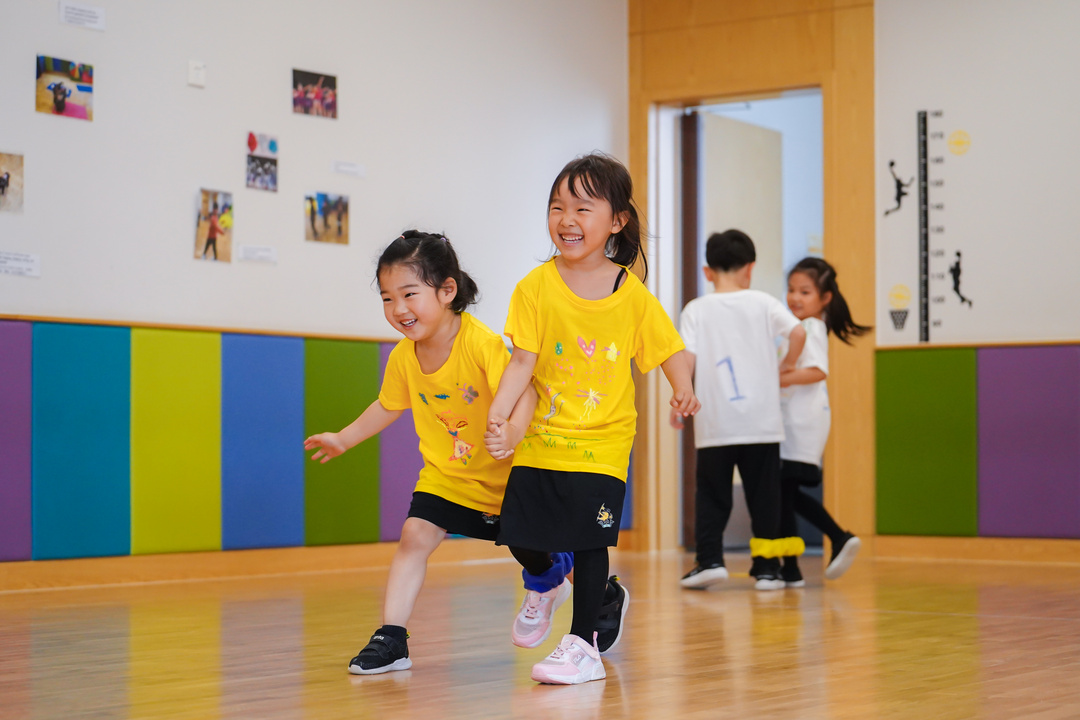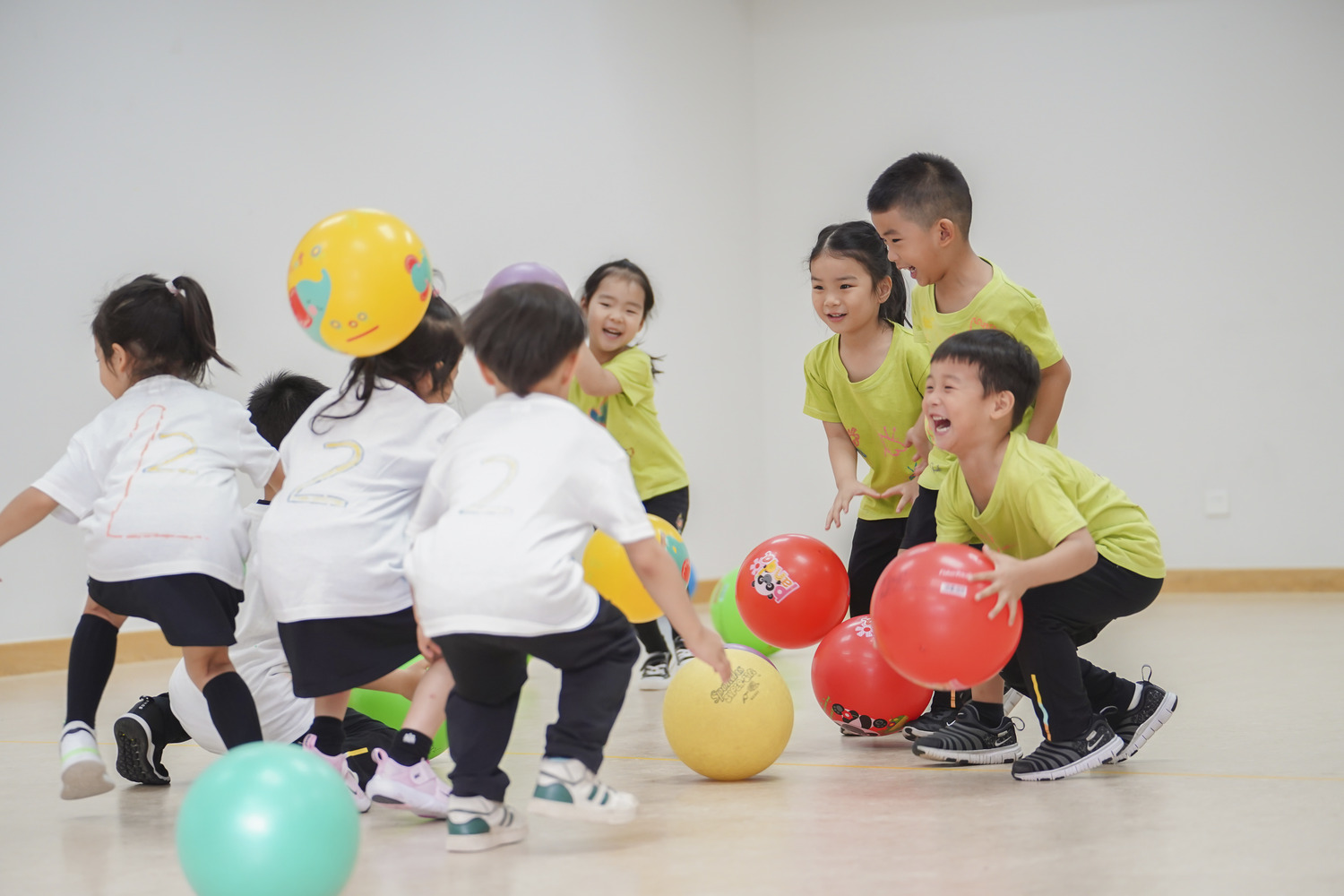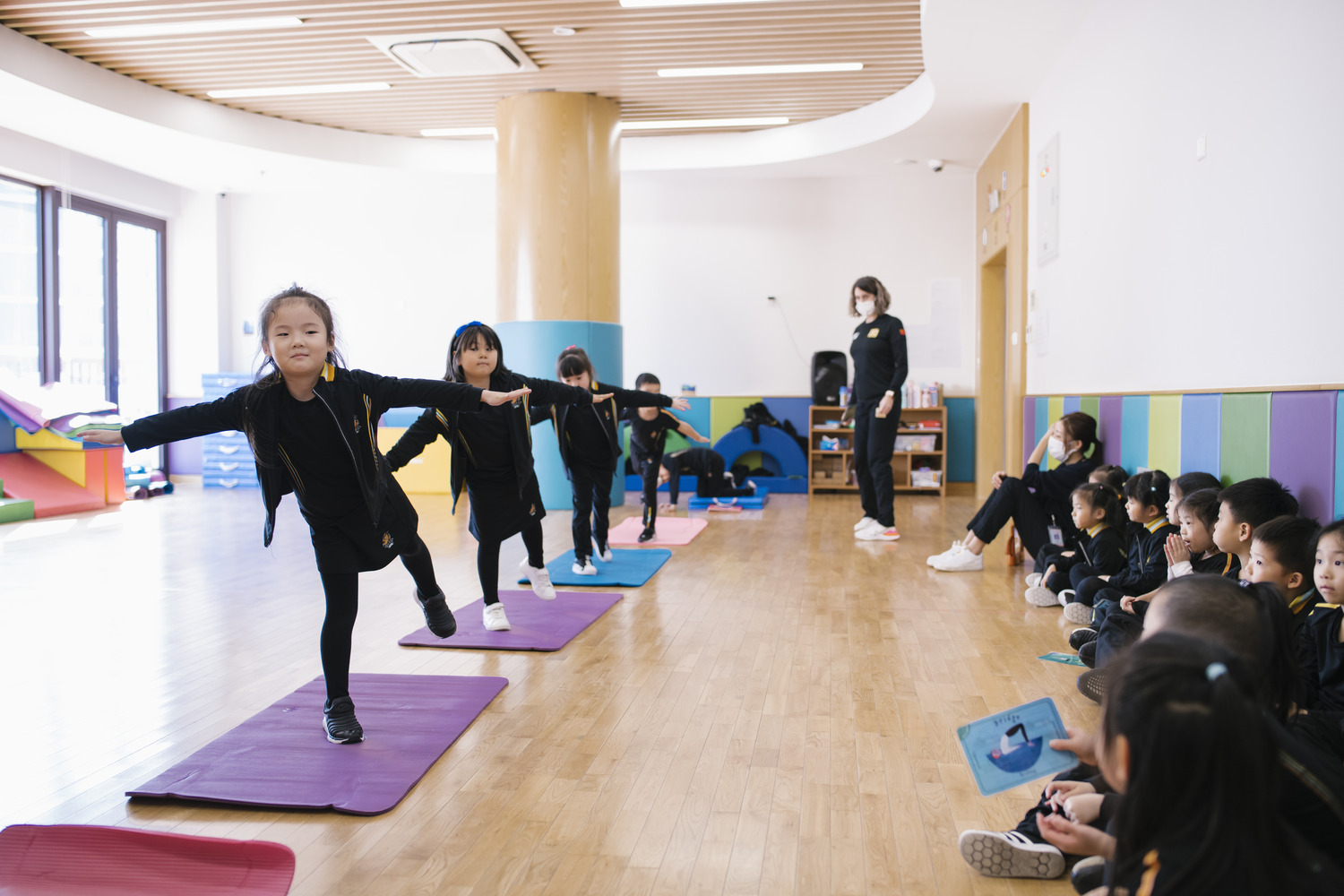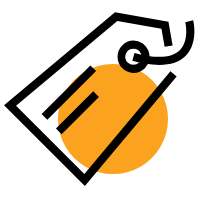
Physical play is an essential part of our curriculum at Hiba Nursery. Informed by the EYFS statutory framework and the Chinese National Curriculum, our carefully crafted framework meets children's needs at each specific stage of early development.
▲Click to read "How we teach
physical play at Hiba Nursery: EY1–EY2"
This week, we will take a look at the physical education curriculum for our oldest pupils in EY3 and EY4.
As our pupils grow, their key development indicators become more challenging and complex. Our curriculum therefore transitions from to more structured forms of play.

Pupils engage in more team-oriented activities in which not only skills but also rules and conditions are applied. This is the stage at which our pupils begin to internalise the social dynamics of play more deeply. They learn about teamwork, cooperation, rules and fair play.
EY3
The advances our pupils make in just one year are simply astonishing. By the time they advance to EY3, they are far more mobile and demonstrate more dexterity. We measure our pupils' success in this year group by their ability to:
walk up and down steps independently and know how to stay safe and steady
move and balance confidently in a range of ways at different heights
jump off an object and land safely
demonstrate spatial awareness and orient themselves moving around and through their environment confidently and safely
use a range of small items such as balls, beanbags or hoops with control and purpose by pushing, catching, throwing, patting and kicking
understand that regular physical activity keeps individuals healthy and well
manipulate tools and equipment with one hand and change position of objects skillfully and accurately
move in an anticlockwise way and turn back in a straight line
The activities and games for our EY3 children are therefore intended to help them build confidence in their ability to move and maintain balance as they start to orient themselves with greater autonomy. We engage in a number of activities to achieve this goal.

A great example is our ‘Ball Skills' project in which we use items such as balls and beanbags with different purposes: rolling, catching, throwing and kicking.
Our‘Gymnastics' project gives the children the opportunity to experiment with and develop different ways of moving around as, such as rolling, running, skipping, stopping and jumping.

We also introduce our pupils to yoga. Through this project, they learn about breathing, meditation and being mindful. We explore the concept of yoga through storytelling, using a story’s characters and plot to learn the basic asanas, or poses. It is a truly unique approach that allows the children to develop their understanding in fun and imaginative way.
Our EY3 pupils are also at a stage of cognitive development that they are beginning to understand some of our Hiba Values more deeply.
Physical play presents ample opportunities to teach our pupils about Kindness and Respect. We help them to understand what makes a good friend as they learn how to share, listen and consider the feelings of others. This is also the point at which we start talking about the importance of being healthy by staying active and eating right.
EY4
By the time they reach EY4, we see it not only in their ability to run, jump, throw and catch but also in their speech and language development. At this point, we want our pupils to be able to:
confidently hop and skip in time to music
adapt movement, speed and direction in response to the actions of other participants in physical game or sport
master all basic movements such as running, jumping, throwing and catching to develop their balance, agility and coordination
participate in team games, developing simple tactics for attacking and defending in plays
research, assemble and disassemble materials independently and use them to create and construct
We begin the year with our ‘Rhythm and Movement’ project. In it, we work with external rhythm. This is rhythmic expression that is influenced by external or environmental stimuli, such as audio (the rhythm of a clap or a song) or physical items (leaping, hopping or skipping from hoop to hoop).

At this age, children are physically stronger. They can run faster, throw farther, balance on one leg and apply these skills in a wide range of indoor and outdoor activities. Our EY4 ‘Gymnastics’ project aims to build on these skills. We work on consolidating their balance, agility and coordination skills. They are eventually able to independently create a sequence and take more risks with their jumps and rolls.
Children will happily spend long periods of time playing with their friends. However, this is also pivotal stage in their social development. Their competitive instincts begin to form. At times, they may get upset if they do not win a game or come in first place. This is why we have them play games that encourage teamwork.
Invasion games are particularly effective, as they teach cooperation and communication. They are also a great way to dive deeper into the Hiba Values. Through fair play, they put our value of Integrity into practice. They learn the importance of Responsibility for their teammates and Respect for their opponents.

Playing is learning. Its importance cannot be underestimated because it is central to a child’s physical, cognitive and social development. By instilling in our Early Years pupils the importance being active and adopting healthy habits. We are not only preparing them as they advance to grade 1 in Primary School, we are building strong foundations for healthy, happy and fulfilling life.